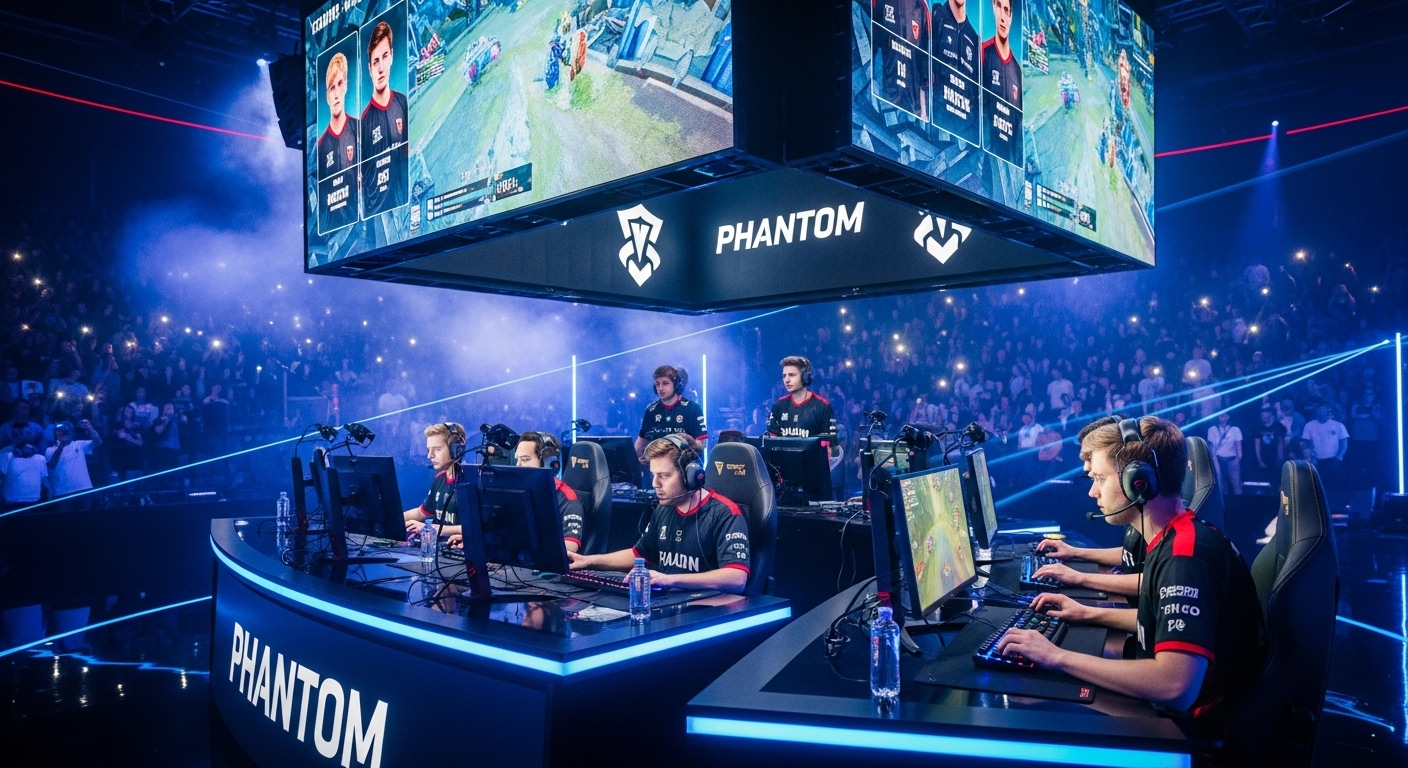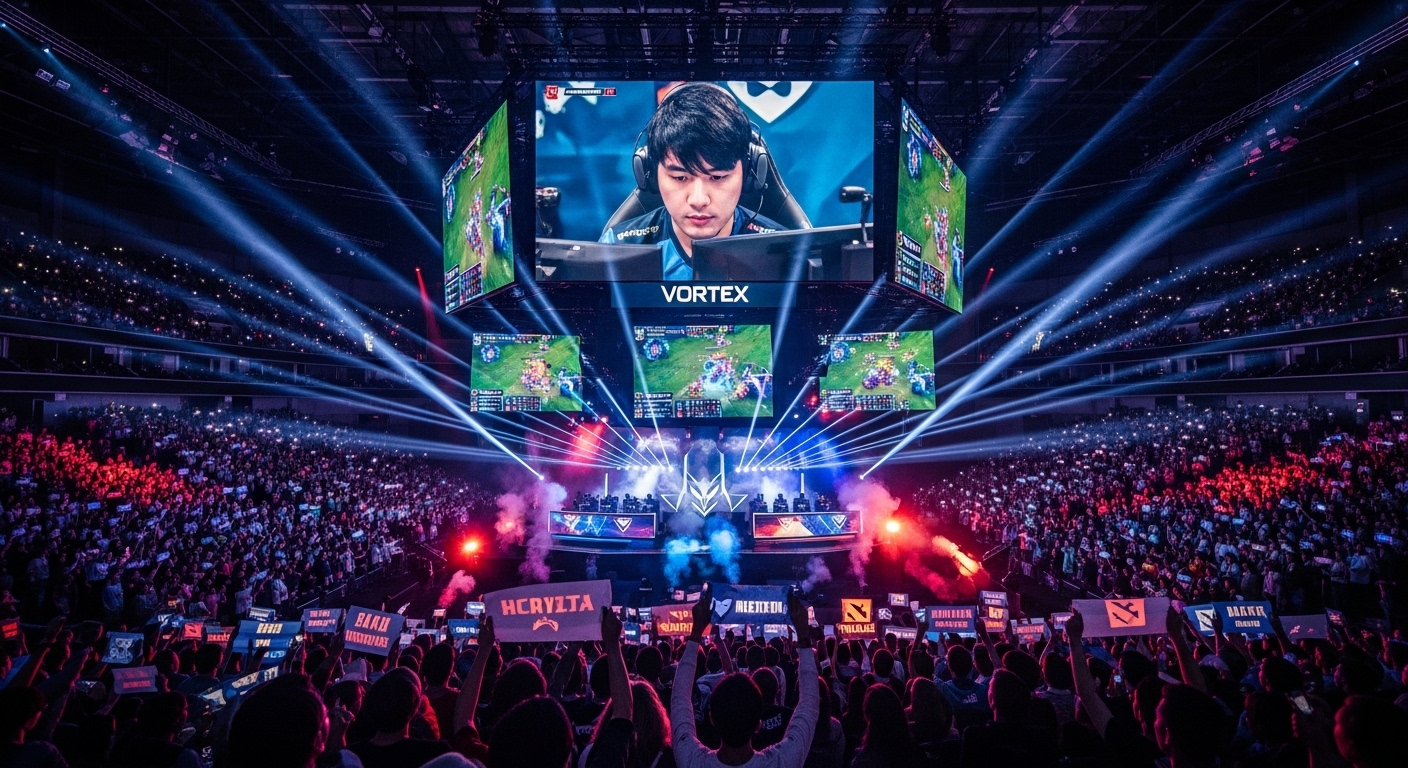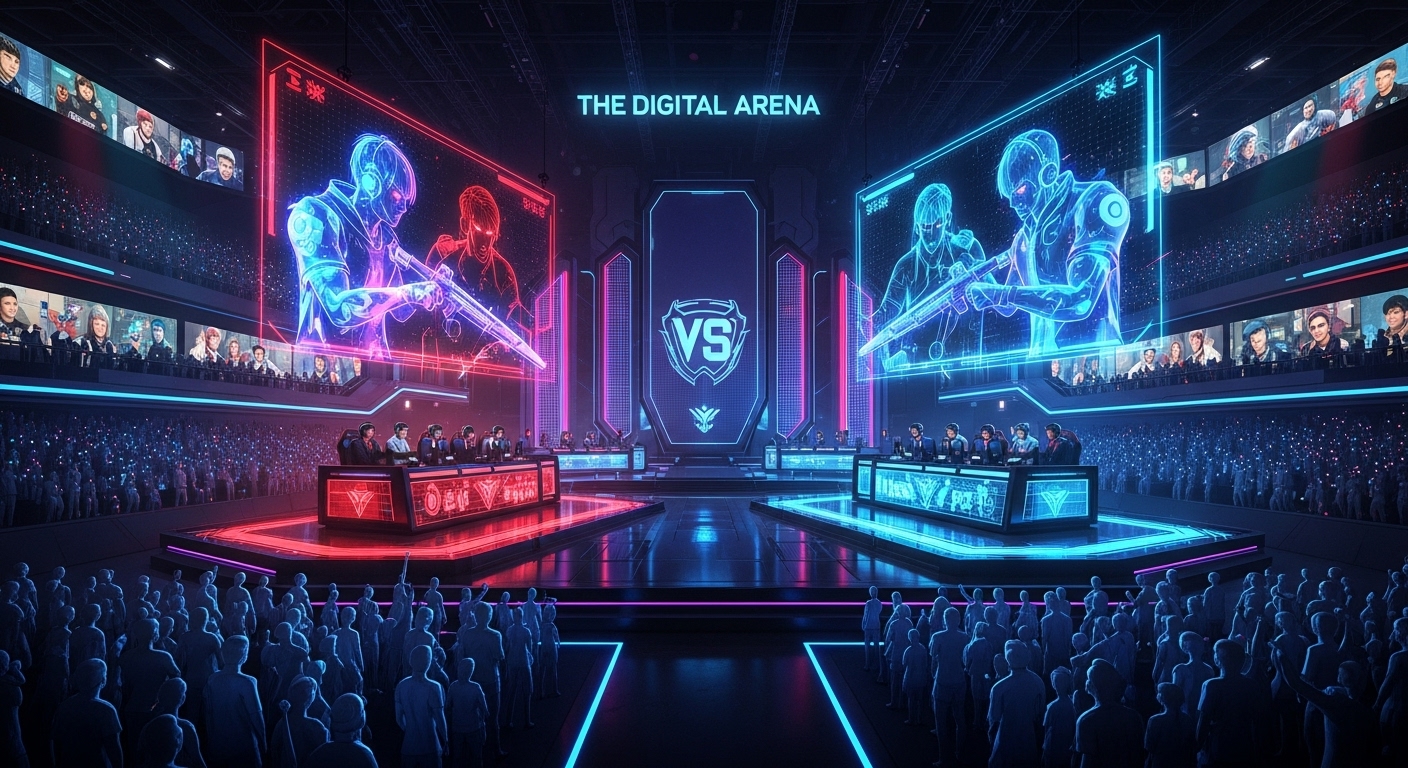Introduction: The Rise of Esports
In the past decade, competitive gaming—commonly known as esports—has evolved from a niche subculture to a global phenomenon. What was once considered a hobby for a small group of enthusiasts has now transformed into a mainstream entertainment industry with millions of fans, professional leagues, and sponsorship deals that rival those of traditional sports. Esports now sits at the intersection of gaming, entertainment, and digital media, influencing how people engage with both video games and competitive events.
This blog post explores the meteoric rise of esports, the key drivers behind its success, and what the future holds for this booming sector. From the growth of esports tournaments to the increasing popularity of live streaming platforms, we’ll dive into the various aspects that are making esports a major player in the entertainment world.
What is Esports? A New Definition of Competition
At its core, esports refers to organized, multiplayer video game competitions, often between professional players, teams, and organizations. These events can span a wide range of games, from real-time strategy games like StarCraft to first-person shooters like Counter-Strike and Overwatch, to massive multiplayer online games (MMOs) like League of Legends and Dota 2.
Esports events are typically structured in leagues or tournaments, often held in large arenas or streamed live online. Participants, often highly skilled and dedicated professionals, compete for significant prize money, sponsorships, and global recognition. What sets esports apart from traditional gaming is its competitive nature, where players or teams face off for fame, fortune, and the prestige of being crowned world champions.
Unlike traditional sports, esports doesn’t require physical athleticism, but the mental agility, strategic thinking, and reflexes involved make it equally demanding. Players train rigorously, refining their skills, developing strategies, and learning to work as a team—just like athletes in any other sport.
The Growth of Esports: From Small Events to Global Tournaments
Esports’ journey from an underground activity to a global spectacle has been nothing short of extraordinary. The first major esports tournaments were relatively small affairs, with local competitions and limited viewership. However, the early 2000s marked the beginning of esports’ mainstream growth. Games like Warcraft III and Quake gained popularity, and early tournaments began attracting larger audiences, with professional gaming organizations and sponsors entering the scene.
The real turning point for esports came with the launch of League of Legends in 2009. As one of the most popular multiplayer online battle arena (MOBA) games, it created a dedicated fan base and propelled esports into the global spotlight. Riot Games, the developer behind League of Legends, helped to establish one of the largest esports leagues in the world—the League of Legends World Championship. With millions of viewers tuning in for the finals, esports was officially on the map as a legitimate global spectacle.
Today, major esports tournaments draw huge crowds and generate millions in revenue. The International, the annual Dota 2 tournament, offers prize pools that surpass tens of millions of dollars. Similarly, the Fortnite World Cup, Overwatch League, and Call of Duty League attract hundreds of thousands of live viewers and millions of online streamers. Esports has cemented itself as one of the fastest-growing industries in the world, with dedicated professional players, coaches, analysts, and fans who follow the scene just as passionately as traditional sports.
The Role of Streaming: Making Esports Accessible to Everyone
One of the driving forces behind the growth of esports is the rise of live streaming platforms, particularly Twitch, YouTube Gaming, and Facebook Gaming. These platforms have made it easier for fans to watch their favorite players and teams in real-time, regardless of location. With the advent of streaming, esports has evolved from just being something played in front of an audience to a truly global spectacle, accessible to anyone with an internet connection.
Streaming not only allows fans to follow live tournaments but also offers a behind-the-scenes look at the lives of professional players. Streamers have become celebrities in their own right, with millions of followers who tune in to watch gameplay, tutorials, and commentary. The interaction between streamers and their audience has created a unique form of entertainment where fans can directly influence the experience, chatting with players, sharing memes, and participating in community events.
The interactive nature of streaming has also allowed esports to flourish in an ecosystem that goes beyond the events themselves. Fans can engage with players in real-time, donate money to their favorite streamers, and even purchase in-game items or merchandise to show support. This sense of community has further fueled the growth of esports, turning it into a social experience that extends well beyond the games themselves.
Esports and Sponsorship: The Money Behind the Games
With its rapid growth, esports has attracted significant investment from a variety of industries, ranging from technology and gaming to traditional consumer brands. Sponsorships play a crucial role in the financial ecosystem of esports, with major companies like Intel, Coca-Cola, Red Bull, and Adidas partnering with esports teams, tournaments, and leagues. These sponsorships provide financial backing for events, help promote player development, and contribute to the overall growth of the industry.
In addition to traditional sponsorships, streaming platforms and broadcasting rights have also become lucrative revenue sources. Major esports tournaments are often broadcasted on platforms like Twitch, YouTube, and television networks, offering advertisers a chance to reach a massive, engaged audience. The integration of advertising into live streams, tournaments, and even in-game experiences has created a new form of monetization that benefits both the brands and the gaming community.
This influx of sponsorship and investment has led to professional esports teams and players earning substantial salaries, often comparable to athletes in traditional sports. Star players can rake in millions through sponsorship deals, prize money, streaming revenue, and merchandise sales. Esports has become a viable career path for talented gamers, and with the growing interest, it shows no signs of slowing down.
The Global Appeal of Esports: A New Age of Entertainment
What sets esports apart from traditional sports is its universal appeal. Unlike conventional sports that may be limited to specific geographic regions or require significant physical space, esports transcends cultural and language barriers. A League of Legends player in South Korea can compete against someone from the United States or Europe with little to no latency, creating a truly global community.
The appeal of esports is also multi-generational. While younger audiences have traditionally been the primary demographic for gaming, esports is attracting a broader range of viewers. The popularity of mobile esports, like Clash Royale or PUBG Mobile, has also introduced a new wave of casual gamers who are interested in competitive play but prefer shorter, more accessible matches.
Esports is rapidly becoming a new form of entertainment that appeals to a wide variety of interests. Whether it’s fans who are invested in the strategies and tactics of the games or casual viewers tuning in for the excitement and drama of live competitions, esports has something for everyone.
The Future of Esports: Expanding Horizons
The future of esports looks incredibly promising, with several exciting developments on the horizon. One of the key trends is the increasing convergence between esports and traditional sports. As esports continues to grow, many sports organizations and teams are investing in esports leagues and franchises. Football clubs like Manchester City and Paris Saint-Germain have already established esports teams, while major media companies are broadcasting esports events on television, further cementing its place in mainstream culture.
Additionally, with technological advancements in virtual reality (VR) and augmented reality (AR), esports could see even more immersive and interactive experiences. VR gaming could revolutionize how fans experience live esports events, offering them the chance to be virtually present at the competition. The growth of mobile gaming also presents an exciting opportunity, as new games and esports events emerge on mobile platforms, allowing esports to reach an even broader audience.
Furthermore, as more educational institutions recognize the value of competitive gaming, we could see the rise of esports scholarships and college-level competitions. Esports is already being incorporated into physical education programs, with universities offering degrees in esports management, game design, and esports journalism. This institutional recognition will further legitimize esports as a career and academic pathway.
Conclusion: Esports as the Future of Competitive Entertainment
Esports has firmly established itself as one of the most exciting and rapidly growing industries in the world of entertainment. With its blend of strategy, skill, and community, esports offers a unique form of competition that transcends the boundaries of traditional sports. As technology, investment, and global participation continue to evolve, the future of esports is brighter than ever.
Whether you’re a hardcore gamer, a casual viewer, or a fan of traditional sports, esports has something for you. It’s no longer just a hobby or a niche interest—it’s a global movement that’s changing the way we think about competition, entertainment, and the power of digital communities. With its rapid growth and innovative spirit, esports is not just the future of gaming; it’s the future of entertainment itself.



